
Member of the Perovo-Speleo team passing the flooded passage at the depth −1,400m, in 2018
Two profiles of the cave.
1968: the cave was discovered by cavers from Krasnoyarsk. They reached a depth of 115 metres (377 ft) and marked it on the map as S-115.
1982: the cave was discovered for the second time by the expedition of the "Perovo" speleoclub (PSC) from Moscow. It was marked as P1-7.
1983–1986: cavers from the same team continued exploration and reached the depth of 440 m (1,440 ft).
1986–2000: work in the cave did not take place.
From 2000 to 2015 – the PSC and its "Perovo-speleo" team (PST) researched the cave bottom. Despite the effort, the deepest known cave depth remained at 440 m (1,440 ft).
August 2015 – cavers from the PSC discovered a new shaft, but could not explore it because they did not have rope. This discovery opened the way to a series of later discoveries.
June 2016 – the expedition of the PST took place. The team started from the same point. They surveyed a pit that was about 30 m deep and a small system of passages below. The next day Evgenyj Kuzmin climbed over the wall of boulders and found the head of the Babatunda pit. Its depth was later determined to be 156 m (512 ft). That expedition managed to reach a depth of 630 m (2,070 ft).
August 2016 – a joint expedition of the PST and the PSC reached a depth of 1,010 m (3,310 ft).
October 2016 – the expedition of the PST reached a depth of 1,350 m (4,430 ft).
February 2017 – the expedition of the PST reached a depth of 1,832 m (6,010 ft). The cave advanced to the second deepest in the world, after Krubera (Voronya) cave.
Early August 2017 – the PSC explored the cave to a depth of 2,151 m (7,057 ft). An ancient collector of the karst aquifer system with extensive horizontal tunnels, not typical for the Arabika Massif, was discovered. Veryovkina became the second super deep cave (over 2 km (1.2 mi)) and the deepest accessible without diving equipment.
Late August 2017 – the PST reached a depth of 2,204 m (7,231 ft), thus setting a new world depth record. A huge system of more than 6,000 m (20,000 ft) of subhorizontal passages below −2,100 m (−6,900 ft) was discovered and surveyed.
March 2018 – another expedition of the same team added more than a kilometer of tunnels to the cave map. They also measured the depth of The Last Nemo Station terminal siphon lake. It was 8.5 m (28 ft) and so the total cave depth reached 2,212 metres (7,257 ft).[1]
September 2018 – a photo trip of the PST to the bottom of the cave took place, led by Pavel Demidov, with the English cave photographer Robbie Shone.[2] The team narrowly escaped the flood caused by a rain storm, which filled the lower level of the cave.[3][4]
August 2019 – the cave depth was increased to 2,212 meters (7,257 ft) during the survey by members of the PSC.[5]
August 2023 – the cave depth was increased to 2,223 meters (7,293 ft) through the survey of the siphon Captain Nemo's last stand by an underwater drone, again during the expedition of the PSC.[6]
During the expedition in 2021 PST found the body of a tourist at −1,100 metres (−3,600 ft). He was later identified as Sergei Kozeev, who left his home in Sochi (Russia) on 1 November 2020 and began descent into Veryovkina, where he spent around a week at a −600 metres (−2,000 ft) permanent camp. Then he continued his descent down to technically challenging parts at −1,100 metres (−3,600 ft) where he got stuck due to inadequate equipment and skill, and died of hypothermia.[7] The body was eventually recovered after a complex retrieval operation on 17 August 2021.[8]
^ Cite error: The named reference EVM2018 was invoked but never defined (see the help page).
^ Cite error: The named reference PTRS was invoked but never defined (see the help page).
^ Cite error: The named reference EFSCSL was invoked but never defined (see the help page).
^ Cite error: The named reference CHL was invoked but never defined (see the help page).
^ Cite error: The named reference V was invoked but never defined (see the help page).
^ Barashkov, Aleksei. "Веревкина, с 30 июля по 17 августа 2023 г." [Verevkina cave, from July 30 to August 17, 2023 | Спелеоклуб "Перово" (Москва) | VK]. vk.com (in Russian). Retrieved 2023-08-28.
^ "В пещере Веревкина произошло ЧП". VK. Retrieved 2021-08-10.
^ "Веревкина. Вчера, 17 августа 2021г.. | РОССИЙСКИЙ СОЮЗ СПЕЛЕОЛОГОВ (РСС) | VK". vk.com. Retrieved 2021-08-28.
 Member of the Perovo-Speleo team passing the flooded passage at the depth −1,400m, in 2018
Member of the Perovo-Speleo team passing the flooded passage at the depth −1,400m, in 2018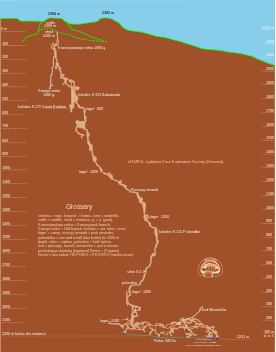

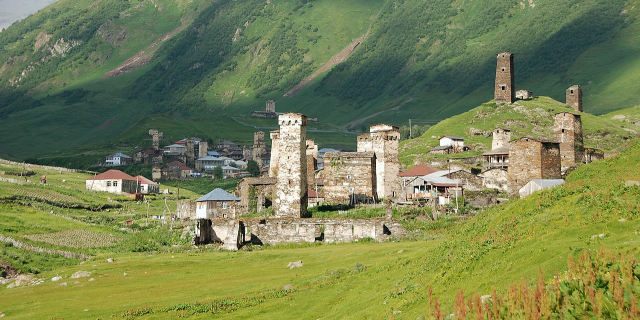


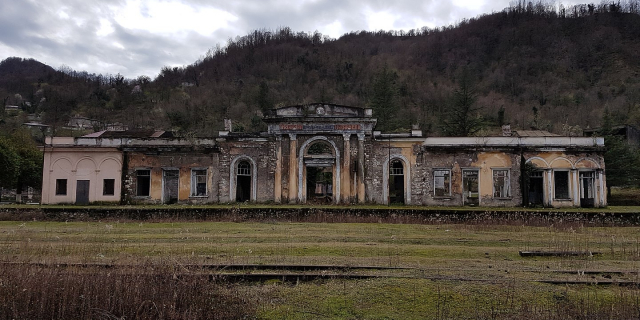

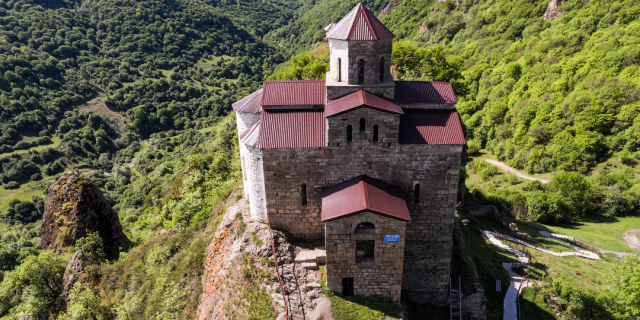

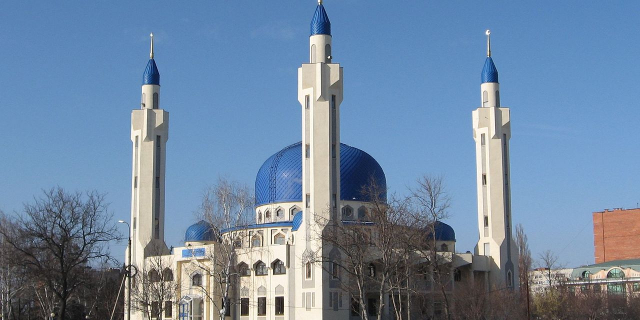

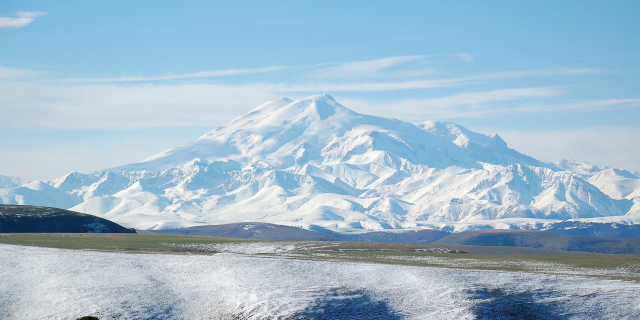

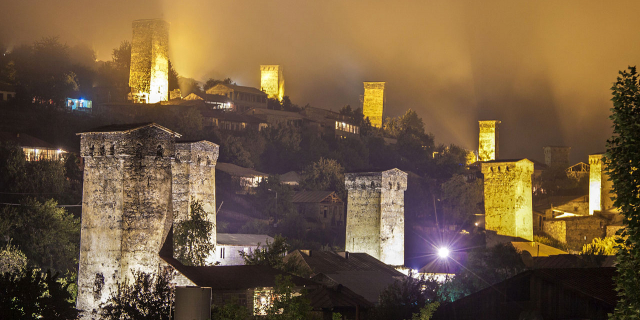

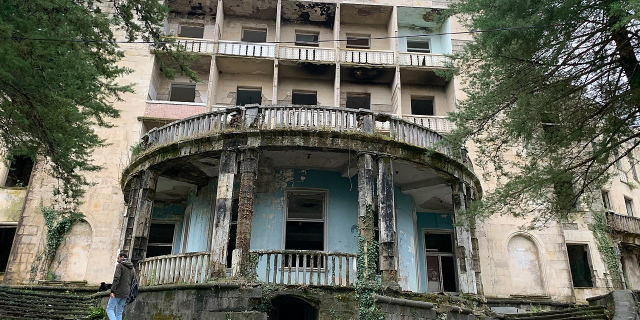



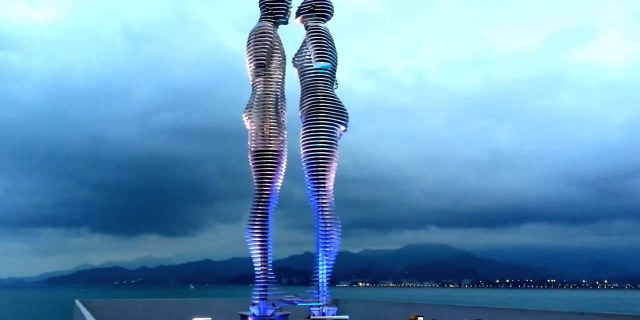


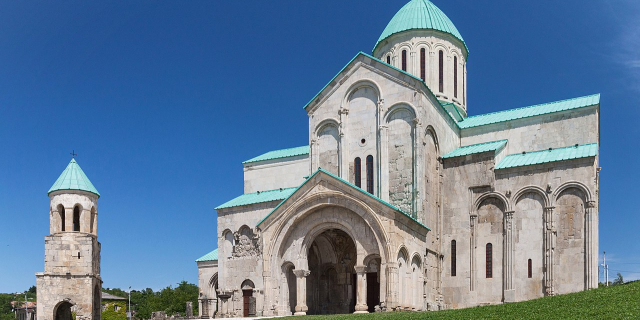



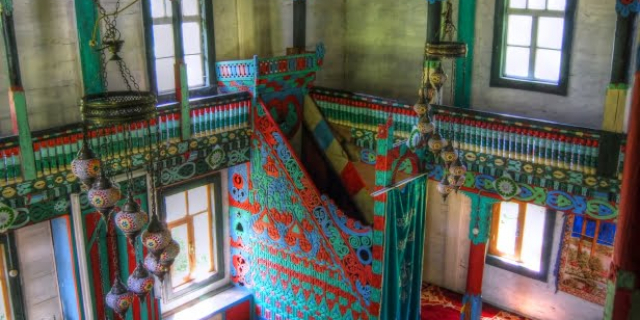

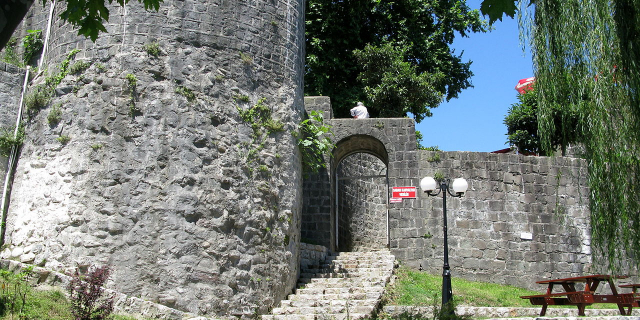




Add new comment